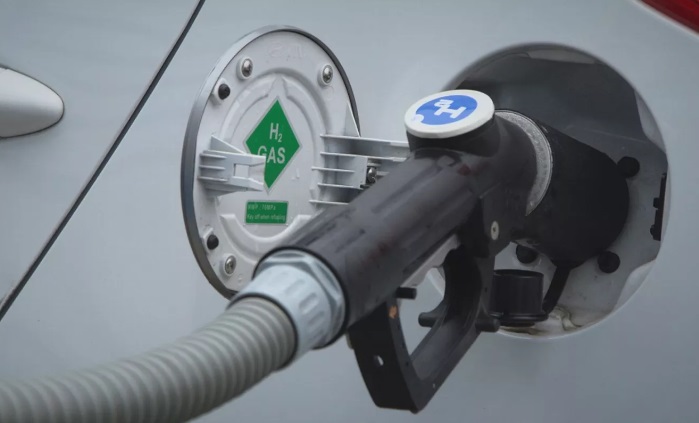What is the ISO 14083 standard?
The ISO 14083 standard tells organizations how to find the data to use to calculate GHGs and defines the rules for quantifying and reporting greenhouse gas (GHG) emissions from multimodal operations in the transport chain on the air, water and earth:
Roads
Railroads
Airports
Waterways
Seaports
Distribution platforms, logistics organizations for preparation and dispatch, stuffing/unloading, etc.
The calculation integrates GHGs from transport missions and also intermediate operations (stackers, carts, gantries, riders, etc.)

Companies must apply it as soon as it is released, there is no deadline, transport companies are obviously concerned. This is a good way to promote your efforts in terms of reducing CO2 consumption.
The AFNOR ISO 14083 standard does not require certification. This is a set of guidelines for calculating and reporting greenhouse gas emissions from passenger or freight transport. For organizations, choosing to adopt and implement the guidelines contained in the ISO 14083 standard to calculate their emissions related to their activities has several advantages.
Please note: Be ISO 14083 compatible, Automatically collect CO2 data linked to operating operations based on the equipment used in accordance with Standard 14083 with WINTRUCK. Contact us
The main subjects covered by the ISO 14083 standard
Definition of emission sources: ISO 14083 specifies the emission sources that must be included in the calculation. This includes direct vehicle emissions as well as indirect emissions.
Emission Factors: ISO 14083 provides guidance in choosing appropriate emission factors for different energy sources and vehicle types. Emission factors are standardized values that represent the quantity of GHGs emitted per unit of energy consumed or per distance traveled.
Calculation Methods: ISO 14083 provides methodologies for calculating emissions based on available data. This may include approaches based on fuel consumption, distances traveled, or other methods based on specific data depending on the routes of your transport missions, including in the case of multimodal journeys or shared transport.
Reporting: ISO 14083 establishes requirements for documenting and reporting the CO2 impact of your missions to guarantee the consistency and transparency of the information issued.

